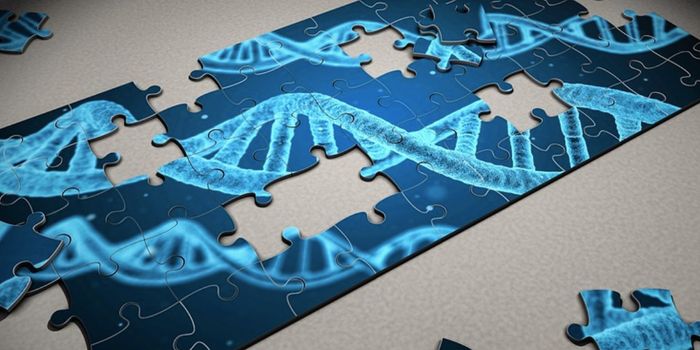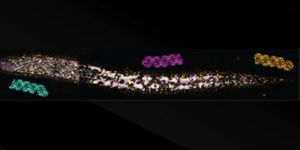Revealing the Role of DNA Repair Genes in Huntington's
Huntington's disease is a neurodegenerative disorder that is usually fatal about 15 to 20 years after a patient is diagnosed. It is known to be caused by an aberrant repetitive sequence (CAG) in the huntingtin gene. Unaffected people carry fewer than 35 of these CAG repeats, while Huntington's patients have more than 40 CAG repeats, which get longer, or expand over their lifetime. Scientists have now revealed that a specific subset of genes related to the repair of mismatched DNA, may have a key role in Huntington's disease. The neurons that are impaired in Huntington's are particularly susceptible to this mismatch damage that is not fixed. The findings have been reported in Cell.
In this work, the researchers used a mouse model of Huntington's disease to study the impact of several genes on the disorder, including six genes related to DNA mismatch repair. In mice that were engineered to lack the mismatch repair genes Msh3 and Pms1, many of the symptoms of Huntington's that these mice mimic were rescued. Some of the molecular and cellular pathology of Huntingon's disease (HD) was no longer observed in the brains of these animals, and there were improvements in gait and movement.
"We were surprised to see the potent and sustained effects of targeting these mismatch repair genes in HD mice. The benefit lasts up to 20 months of age in a mouse, which would be comparable to about 60 years in humans," noted lead study author Dr. X. William Yang, a professor at UCLA, among other appointments. "Our study suggests that these genes are not just disease modifiers, as suggested by the previous studies, but are genetic drivers of Huntington's disease."
Recent work has indicated that the expansion of the CAG repeats may lead to Huntington's disease, and it could explain why there are no symptoms for many years in patients. The expansion of CAG repeats in specific neurons was halted when the mice lacked Msh3 or Pms1, and the researchers wanted to know why.
They found that in a subset of striatal neurons, called medium-spiny neurons (MSNs) which are affected in Huntington's, the CAG repeats expanded at a rate of about eight per month, with 220 appearing by 12 months of age. When one copy of Msh3 was eliminated, the rate dropped to about two per month, and if both copies were removed the rate stayed constant.
"These remarkable results demonstrate that a subset of mismatch repair genes is driving disease in vulnerable neurons because they confer the fastest rate of CAG repeat expansion in these neurons," said Yang, "and our study provides mechanistic links that help to bridge modifier genes from patients, mismatch repair gene driven repeat expansion, and selective neuronal vulnerability in HD."
More research will be needed to confirm these findings in Huntington's patients, and use them to develop new therapeutics, but it is significantly broadening our understanding of what drives Huntington's, and showing how scientists may eventually be able to treat this devastating disease.









